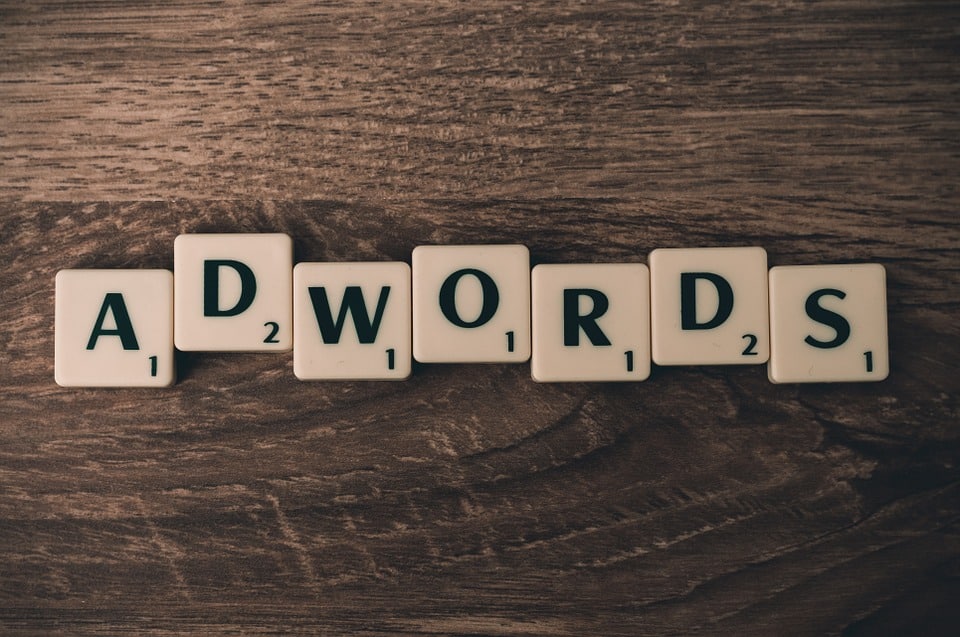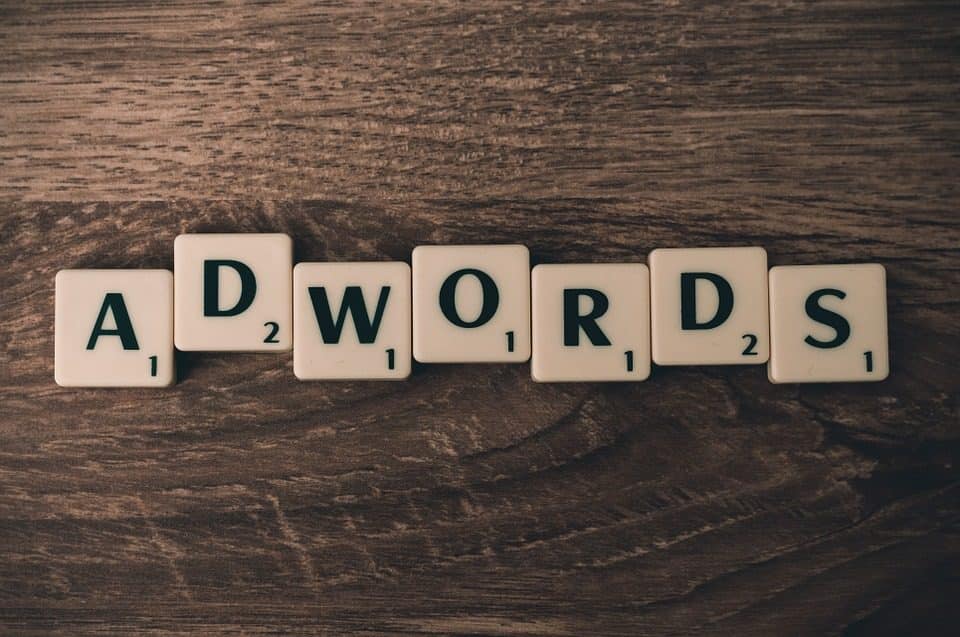2018 was a transformative year for paid search. The PPC trends from last year are continuing to affect and impact us in 2019. While I’m always a fan of looking at what trends are coming down the pipeline, it is imperative right now that we evaluate the landscape around us, rather than what’s on the horizon.
AI and automation lead the charge in these PPC and search trends, as has been the case for years. However, these technologies reached a new level of maturity in 2018 and will continue to be even more penetrating in 2019. Nearly all of these trends are driven by machine learning and increased automation capabilities.
AdWords Becomes Google Ads And Gets A Makeover
Dunkin Donuts recently dropped the “Donuts” to just become Dunkin and a lot of people, mostly New Englanders, are going crazy over it. In another corner of the country, the Miami Marlins baseball team are entering their second rebranding in only 7 years. And, in the SEO, PPC world, we’re reeling at the transformation of AdWords to Google Ads.
This transformation comes because search itself has grown a lot over the years. Thus, paid search marketing has had to grow right alongside it. Google recognized that its advertisement platform no longer dealt exclusively with text ads, but a number of other formats. Thus, “AdWords” no longer felt like an appropriate fit.
But, it isn’t just the new name; Google Ads (or AdWords, if you’re still getting used to the change) got an entire UI makeover and added some new features to its offerings. To be honest, makeover doesn’t do the remodel justice. It is a complete evolution that encapsulates this change in search engine marketing from a text-dominant focus to multi-formats and channels.
This means there’s no longer a heavy focus on text ads and instead a more universal offering of features to encompass video, maps, email, etc. This gives PPC advertisers a high number of levels and lenses to view their data from.
Some of the more notable features in Google Ads are the YouTube Reach Planner, Responsive Ads and Smart Campaigns.
Responsive Search Ads
Creating the perfect ad copy is one of the primary goals of any advertiser. You know when you see it. The perfect combination of a stunning headline and a persuasive description is enough to charm any customer into converting. But, perfect ad copy happens rarely and even creating very good copy can take months of testing and revisions.
One of the features of Google Ads is responsive search ads, which makes finding this perfect combination of headline and copy easier and more automated. Advertisers don’t just write a single headline or description, but as many as 15 headlines and four descriptions.
Then, Google Ads runs different pairings of these headlines and descriptions. As the ads begin to appear on users’ screens, the search engine gathers data about their device, what keyword they entered, their past searches, etc. and whether or not they interacted with the ad.
With machine learning capabilities, these responsive search ads are able to use this gathered data to learn which combination works best, when and with what types of users. Thus, there’s no months of trial and error or split testing necessary to produce high-performing ads. Google performs these tests on-the-go and adjusts ads accordingly.
While still in their infancy, responsive search ads show a lot of promise and give PPC advertisers a lot more efficiency when it comes to testing ad copy and learning about the behaviors of their target markets.
Automation Drives A Hybrid Management Approach To Ad Campaigns
Responsive search ads, and a number of other features housed in the total PPC command center of Google Ads, are all focused on driving automation. The goal is to take more and more off the plate of the advertiser, so they can focus on important tasks that still require a physical, human operator. However, there’s some potential risk associated with total automation in ad campaigns.
This is a very similar conversation to the one we were having a year ago, about the dangers of becoming too data-driven in our decision making processes because of sophisticated analytics tools. In that discussion, I suggested that marketers should aim to become data-informed; data is important and should help make and inform decisions, but not be in the driver’s seat.
The same can be said with “smart” ad campaigns, also referred to as universal automation campaigns, where everything from ad creation to audience segmentation/targeting and even landing page creation is generated and published automatically. While these are great for small businesses with limited expertise or resources to run their own campaigns, more experienced marketers should still maintain some control over their ads.
Ad automation has a lot of value. The insights and shortcuts it provides are just not possible with traditional, human-only techniques. But, humans are still necessary in the formula because the dream of perfect, accurate, universal automation of ads is still far in the future. PPC advertisers do, however, need to adjust to this new landscape where their responsibilities are slightly altered and their attention should be spent focusing on other tasks.
AI-Powered Bidding
A great example of an automation-heavy tool that still requires a user operation is AI-powered bidding. This feature will almost certainly drive manual bidding primarily out of fashion, especially now that nearly every search engine has rolled out some form of bidding platform driven by AI and machine learning. Google has Target Impression Share, Pay For Conversions and Smart Bidding, while Bing offers Target CPA and Maximize Conversion tools.
If automated bidding gives you that pit-of-the-stomach feeling, you can actually rest easy because Google has created a number of safety nets to make this automated feature more approachable by advertisers. They are shifting away from “pay for click” and moving towards “cost per acquisition.”
This helps eliminate the nightmare of waking up and seeing that you’ve spent $2,000 on a bunch of clicks and not actually any conversions. Instead, if you set your CPA limit to $10 and you convert nine customers, you pay only the $90.
Not only does this make pay advertising safer and more approachable, but it also allows for safer testing and experimentation. There’s no fear that a new targeting option will create significant spend, without actually generating any leads or conversions in return.
TV Screens Make A Significant Comeback As An Advertising Medium
I have to admit that, for years now, I’ve considered TV advertising a “traditional” and, dare I say it, “outdated” advertising medium. Admittedly, I was wrong. TVs are making a comeback. As advertisers, we’re always scrambling to adopt to the new medium or screen. For once, we’re going back to familiar territory, sort of.
With the extreme number of users streaming and casting content to their TV screens, particularly YouTube, connected TV advertising is one of the latest dimensions of Google Ads. Google actually runs video campaigns when users are streaming to a TV by default now. These efforts can be overseen and controlled via bid modifiers and other tools.
As one of the latest additions to Google Ads, it’s certainly an area to keep an eye on. As we progress through 2019, you can expect Google to continue adding to this advertising dimension and offering more levers and knobs to control connected TV adverts.
Amazon Slugs Its Way Into The Paid Search Space
In 2017, we watched Elon Musk and Mark Zuckerberg trade blows over in the artificial intelligence debate. 2018 was another interesting year for Internet titans battling: Google v. Amazon. The difference, however, is Musk and Zuckerberg were arguing over a topic; Google and Amazon (and Facebook) are fighting over significant market share in the paid search marketing/advertising space.
September of last year saw a landmark shift in the digital ad selling landscape. Amazon, the long-time sleeping giant, made a surge to become the third largest business in this space, chasing the tails of Google and Facebook. They are expected to maintain this alacritous climb over the next couple of years. Their ad business could become as dominant as their web seller program.
In an Amazon Advertising Forecast 2019 report, compiled by Search Engine Land, Marketing Land and MARTECH, 80% of marketers and advertisers surveyed said they were planning to increase spend with Amazon’s paid ad service. 30% of these individuals said that they would shift budget away from search to make this adjustment possible.
Thus, Amazon is not only becoming heavier competition for Google in the paid ad world, they are also taking spend away from the monolithic search engine. These tough budget decisions will continue to challenge advertisers in 2019. It is also going to be a year of learning and developing best practices to utilize Amazon’s ad platform to the fullest.
It will be interesting to see how these two titans continue to trade blows throughout the new year.
Conclusions
I am excited for 2019 and how these trends will develop and flourish throughout the year. We’ve been chomping at the bit for years now over AI and machine learning and not-so-patiently waiting for these technologies to really mature to the level that widespread adoption and usage is truly impactful.
With this maturation comes new, exciting technologies like responsive search ads, AI-powered campaigns and bidding and more. This means advertisers have a short period of time right now to quickly learn these tools and how to best implement them into existing strategies.
It’s imperative that we continue to monitor these changes throughout 2019 and keep our eyes ever-watchful for more news and insights on how to best use these tools.
Which 2019 PPC trend are you most excited for?

